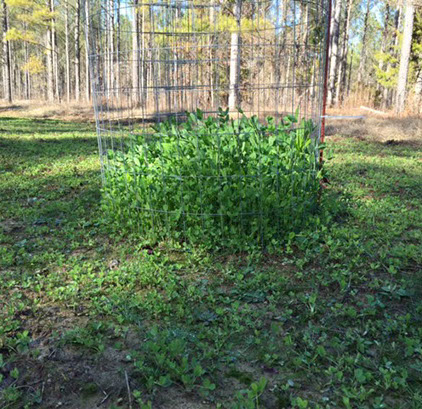Alfalfa's Best Friend, Frosty Berseem Clover
Frosty’s aggressive growth and low hard seed count helps it to establish quickly, filling in bare spots and areas of alfalfa that have winter killed. Frosty dries down similar to alfalfa, maintaining its green color and increasing the forage value of the hay or crop.








